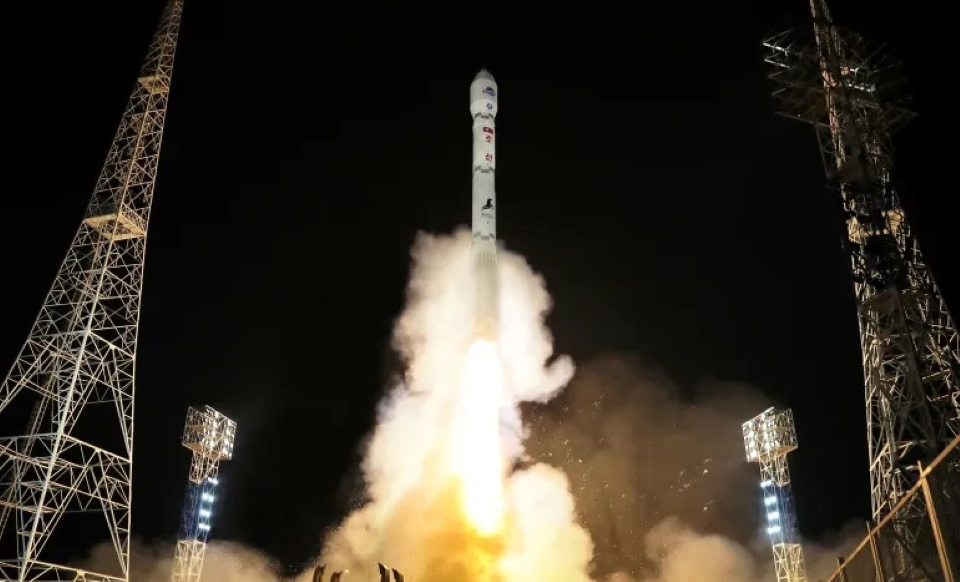May 28 (Punjab Khabarnama) : North Korea’s latest military reconaissance satellite launch ended in failure as the rocket exploded and fell into the Yellow Sea shortly after liftoff. Analysts say it shows progress in the country’s space ambitions despite the setback.
Tried a new ‘liquid oxygen and petroleum engine’: North Korea
North Korea said that tried a new “liquid oxygen and petroleum engine” with the rocket which failed during its first stage. Initial analysis suggests issues with the newly developed liquid-fuel rocket motor, though other causes are being investigated, according to the state media.
Analysts suggest Russia hand
While the rocket remains unnamed and no photos were released, analysts believe it differs from the Chollima-1 used in previous successful launches. The Chollima-1, which also had explosive test failures, uses hypergolic fuels that ignite on contact and are typically used in North Korea’s nuclear missiles, which do not use liquid oxygen due to storage temperature challenges.
The new engine type may indicate Russian assistance, as Russia has previously vowed to help North Korea’s satellite programme. Liquid oxygen engines, like those developed by Russia, require specialised storage and handling due to extremely low boiling points.
Why North Korea would test new fuel?
The shift to a new engine type might allow North Korea to differentiate its civilian space program from its missile program, which is banned by the UN Security Council. Russian experts have reportedly visited North Korea to aid in this effort, though the specifics of their assistance are unclear.
Analysts suggest that with proper data analysis from the failed launch, North Korea could attempt another launch soon.

